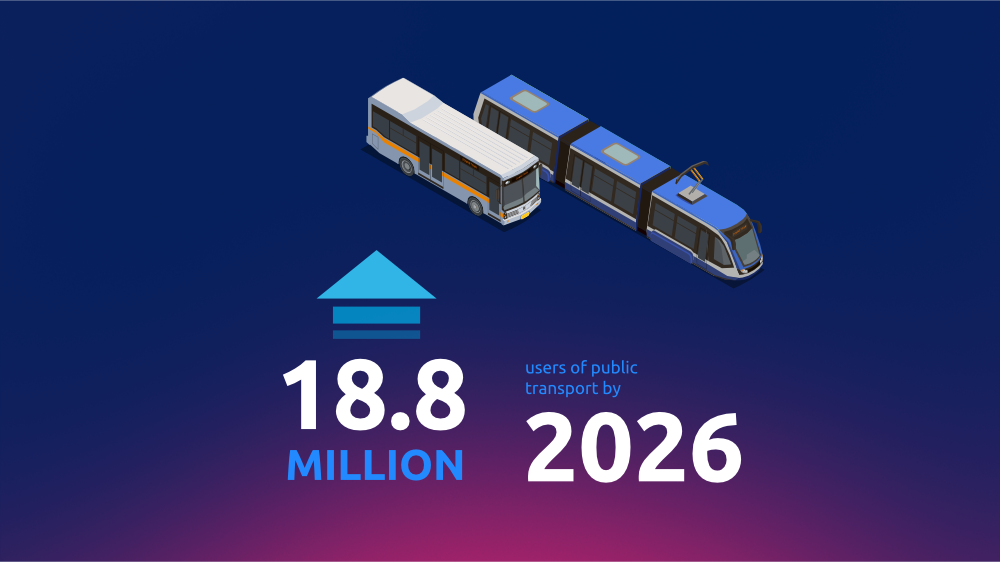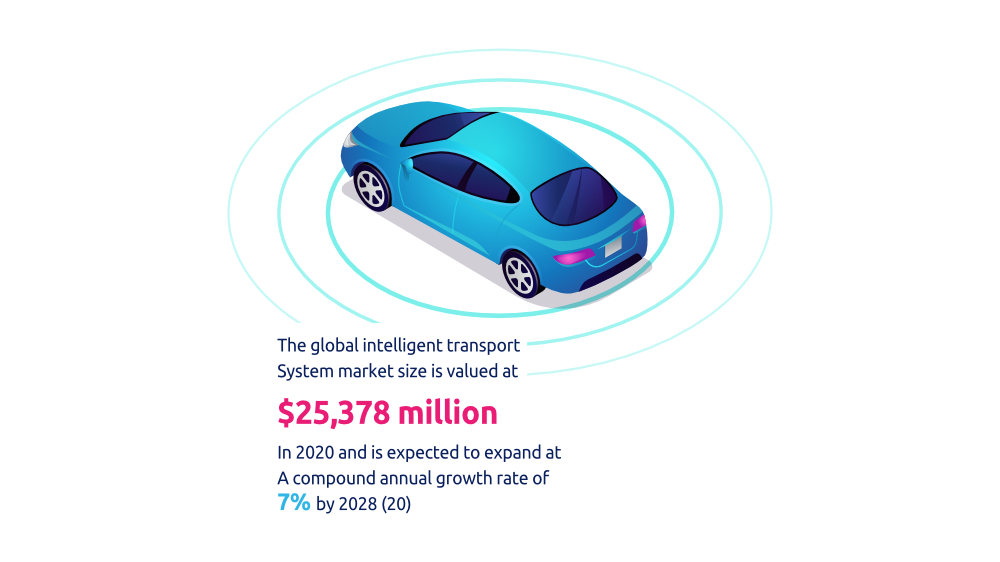Published: Apr 12, 2023
the key trends driving the Australian Transport & Logistics market today
Climate change, emerging technology and shifts in demographics have set the stage for a major period of disruption of the Australian transport & logistics industry.
This report dives into the 5 biggest trends and makes technology related recommendations for senior executives.

The Trends
Rise of connected and autonomous vehicles
In Australia, many vehicles currently already have some degree of automation and connection such as lane keeping, adaptive cruise control and park-assist. How organisations manage their transport fleets of semi or fully autonomous vehicles will become a challenge as they scale up from small pilots to larger programs.
Increase adoption of Mobility as a Service (MaaS)
The demand for MaaS in Australia is here, with up to 46% of the Australian population willing to adopt. (1). - particularly the use of micro-mobility. Although banned from public roads in NSW and ACT, Australia still saw a rise in rental micro-mobility, and this is expected to grow further.
Optimisation using Big Data
More than 70% of Australian transport and logistics companies invested in new digital technology during COVID-19 (2). Amongst the emerging technology being embraced within this sector, big data and analytics stands out the most.
Increased use of Intelligent Transport Systems (ITS)
Intelligent transport systems have already made progress in Australia from dynamic speed zones and active lane management to traveller information systems and e-tolling. We expect the scale and speed of change to continue with the global ITS market expected to expand at a compound annual growth rate of 7% by 2028 (3).

A push for more sustainable transport options
Australia aims to achieve net zero emissions by 2050. As part of the plan, the Australian Government has created the Future Fuels and Vehicles Strategy – a technology led approach to reducing emission in the transport sector, and consequently creating new trends and changes for the industry (4).
To learn more about the electric vehicle transition and ensuring a sustainable future, click here.
How to respond?
Dealing with the pace of technology change can be challenging. In order to be ready for the changes and adapt quickly, technology leaders need to ask themselves:
- Is my IT infrastructure model able to adapt quickly enough to changing market conditions?
- How well do I understand my customers or my customers’ customers?
- What systems do I have to ensure my environmental reporting is robust?
- Do I have the right data governance and strategy in place to enable future growth?
Download here the full report to read more about the trends and how to prepare your organisation for the future.
References
(1) https://www.budgetdirect.com.au/car-insurance/articles/australia-lags-behind-in-the-driverless-cars-race.html
(2) 98% of Aus transport/logistics workers report tech challenges (technologydecisions.com.au)
(3) Intelligent Transportation System Market Report, 2021-2028 (grandviewresearch.com)
(4) Top 10 Logistics Industry Trends & Innovations | StartUs Insights (startus-insights.com)


